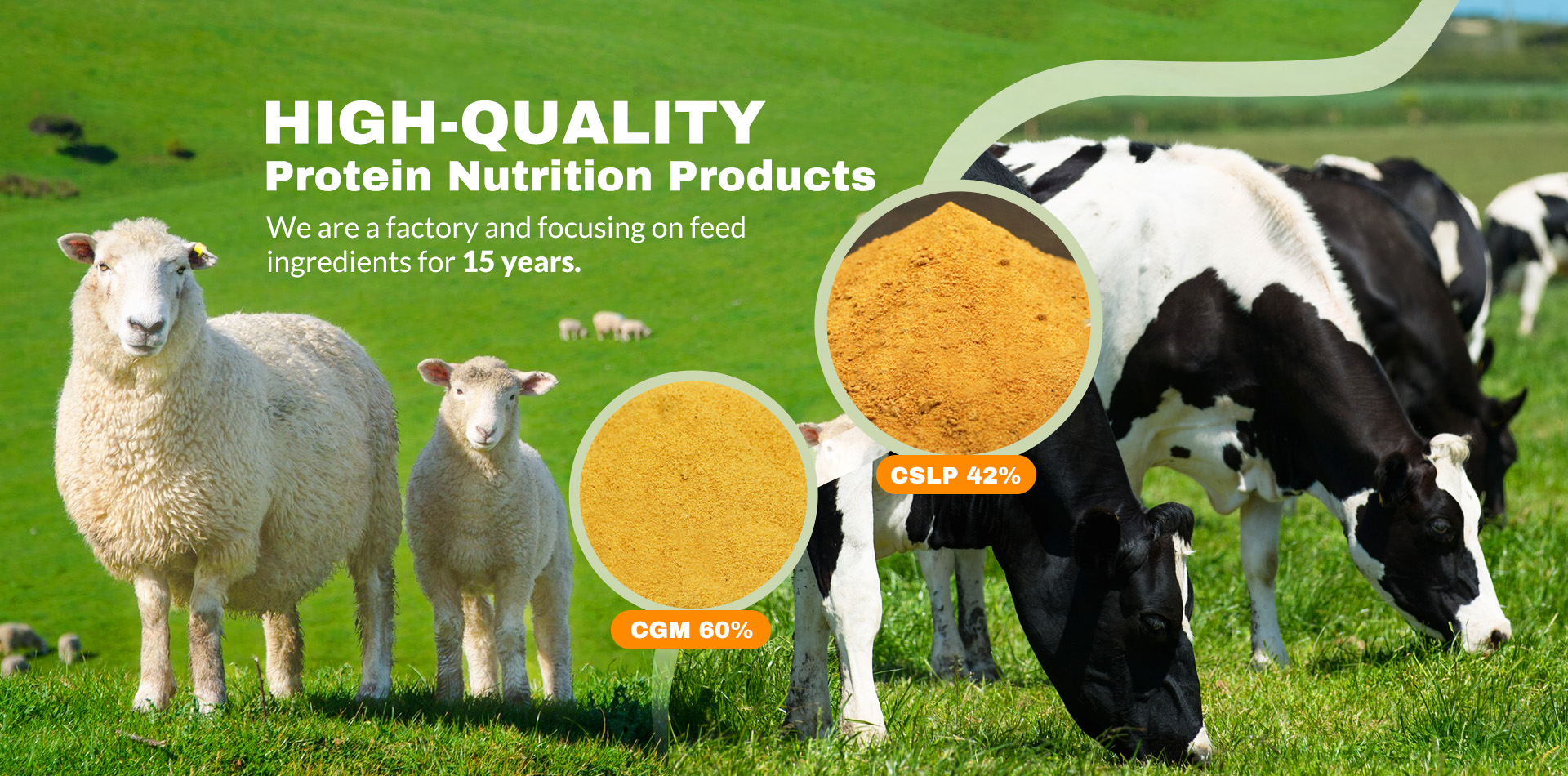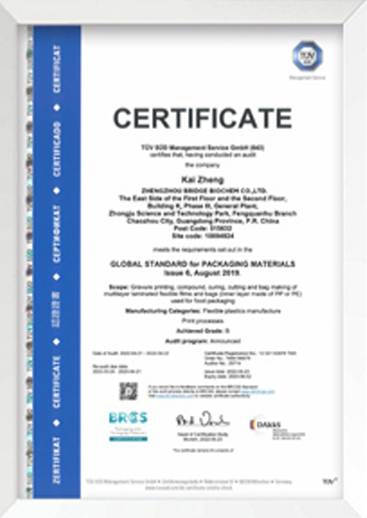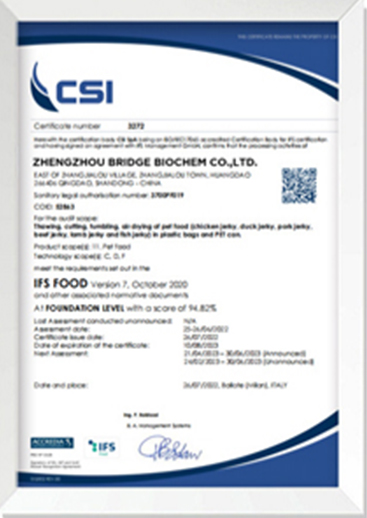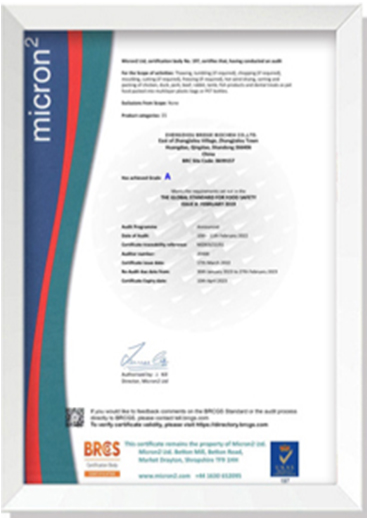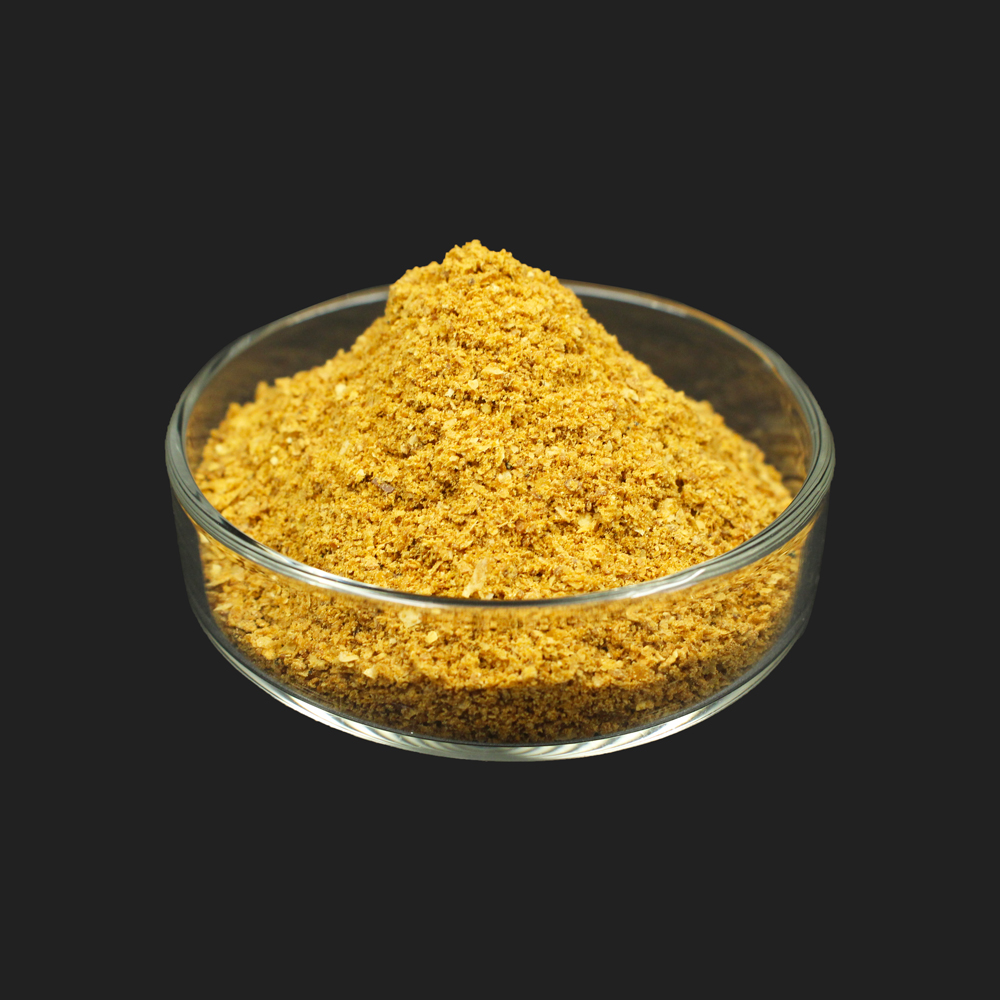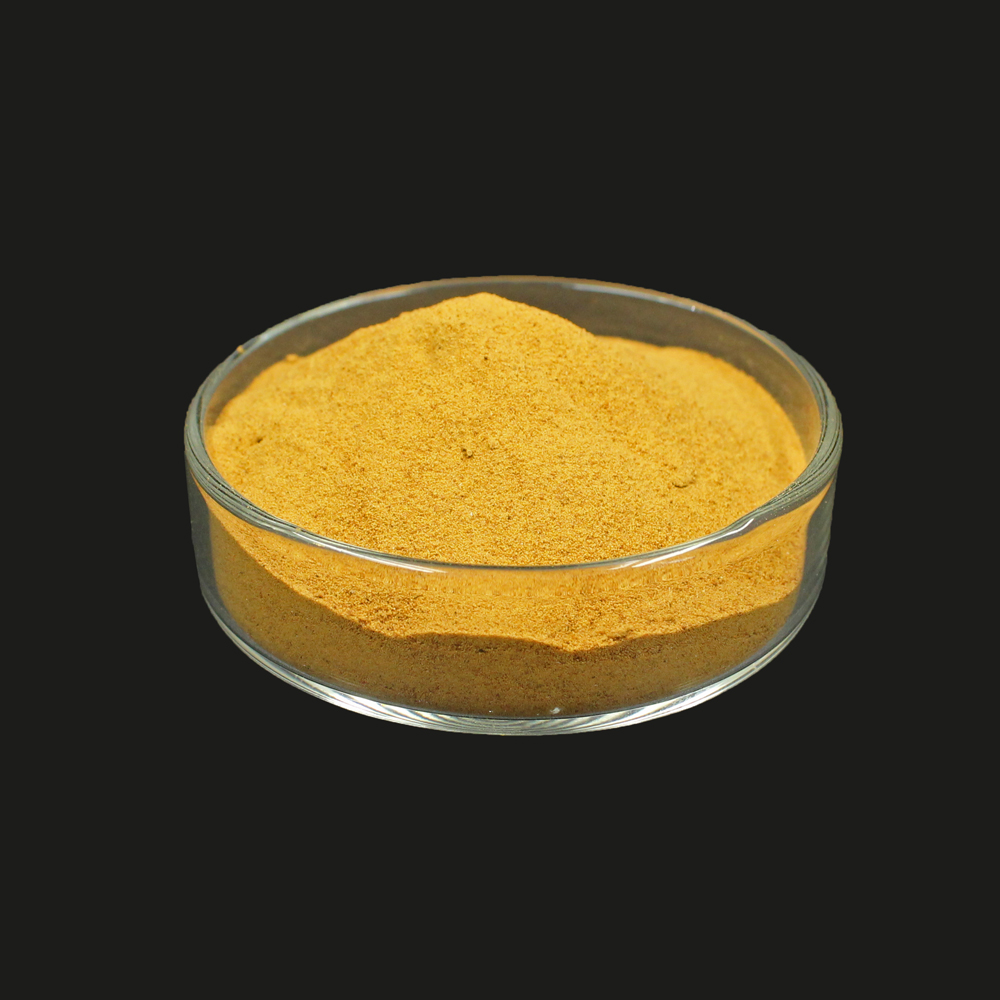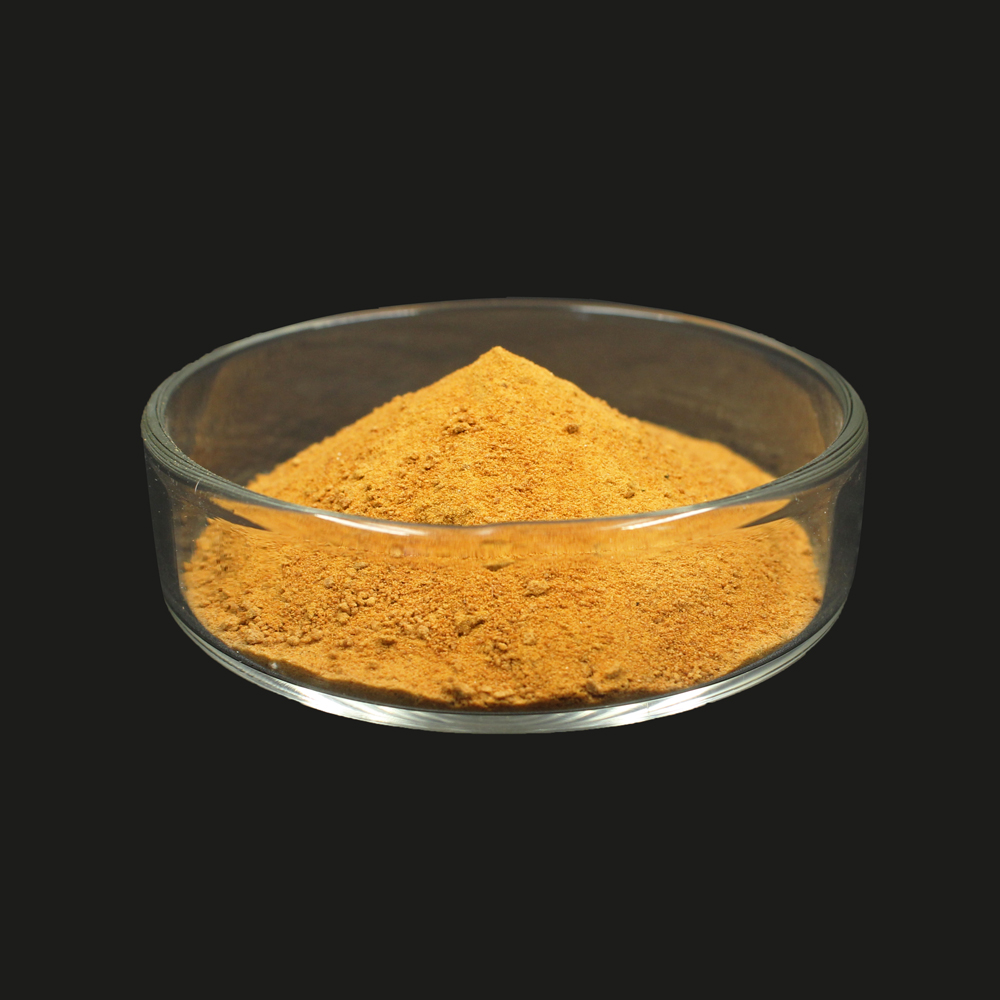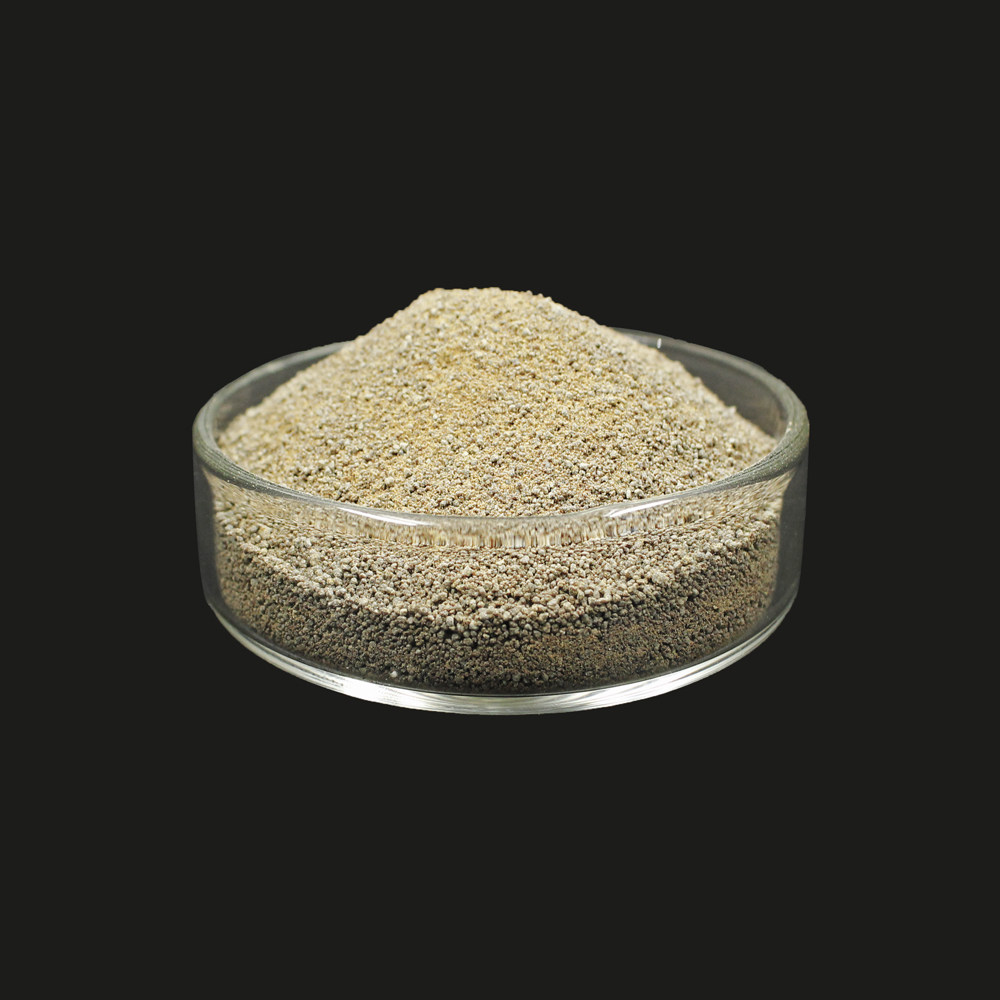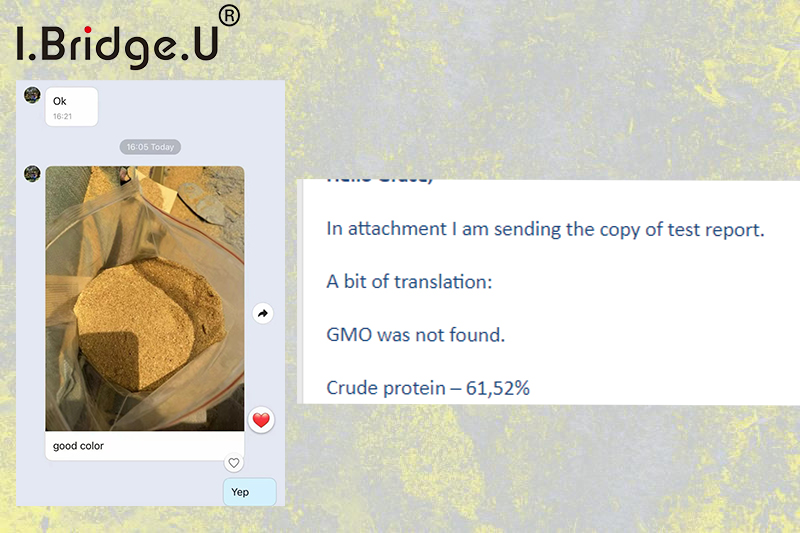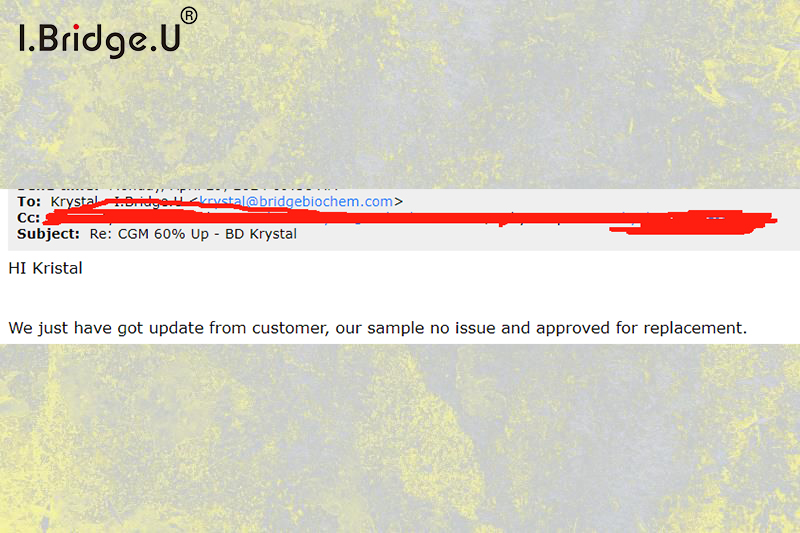1. DDGS Product Introduction
DDGS feed is the trade name of protein feed in distiller's grains, that is, dry distiller's grains containing soluble solids. In the process of fermenting corn to produce ethanol, the starch is converted into ethanol and carbon dioxide, and other nutrients such as protein, fat, fiber, etc. are left in the distiller's grains. At the same time, due to the action of microorganisms, the content of protein, B vitamins and amino acids in distiller's grains is higher than that of corn, and it contains unknown growth-promoting factors generated during fermentation.
There are two types of corn distiller's grains protein feed products on the market: one is DDG (Distillers Dried Grains), which is a feed obtained by simply filtering corn alcohol grains, drying the residue, discharging the filtrate, and drying the residue alone; the other is DDGS (Distillers Dried Grains with Solubles), which is a feed obtained by drying and concentrating the filtrate and then mixing it with the residue. The latter has significantly higher energy and total nutrients than the former.
Since the protein content of DDGS is above 26%, it has become a new type of protein feed raw material widely used by feed manufacturers at home and abroad. It is usually used to replace soybean meal and fish meal in livestock and aquatic feeds, with an addition ratio of up to 30%, and can be directly fed to ruminants.
2. Scope of application:
Corn DDGS (dry distiller's grains high protein) feed mainly refers to the symbiotic products formed by low-temperature drying of the remaining fermentation residues after corn seeds and selected yeast are mixed and fermented to produce ethanol and carbon dioxide in fuel ethanol factories with modern technology and equipment. In the process of producing ethanol, 2/3 of the starch in the corn seeds is fermented to form ethanol and carbon dioxide, and the other 1/3 forms symbiotic products. Since these symbiotic products have a high protein content, they are called protein feed. DDGS consists of DDG (Distillers Dried Grains) and DDS (Distillers Dried Soluble Soluble Distillers Grains Filtrate), which contains about 30% DDS and 70% DDG.
3. Dosage:
Poultry:
DDGS is an excellent source of essential fatty acids and linoleic acid. It can be used with other feeds to feed breeders and laying hens. DDGS lacks lysine, but the first limiting amino acid for poultry is methionine for feather growth. All DDGS products are excellent sources of methionine. The maximum dosage of DDGS in different poultry diets is: 2.5% for broilers, 5% for fattening broilers, 15% for laying hens, 20% for breeders, 5% for young hens, 5% for ducks, and 5% for fighting cocks.
Pigs:
DDGS feed can prevent pig intestinal digestive diseases and inhibit pathogens in the feed itself. DDGS has a high effective phosphorus content and a very low calcium content, which requires other mineral raw materials to supplement. It is rich in B vitamins and vitamin E, but has a very low lysine and tryptophan content, which must be supplemented. Corn DDGS is an excellent source of energy, protein and other major nutrients required by pigs at different growth stages. The maximum dosage of DDGS in different pig diets is: 20% for piglets (7 kg ~ 12 kg) and growing pigs (12 kg ~ 50 kg), 20% for fattening pigs (50 kg ~ 100 kg), 50% for pregnant sows, 20% for lactating sows, 50% for boars, and 20% for gilts. Improper use of DDGS will affect the palatability of the feed. It has a strong smell of alcohol when it is just shipped from the factory. When used in the production of pig feed, adding 5%-6% will cause the palatability of the feed to decrease, but after a period of storage, the irritating smell will be significantly weakened and the palatability will be improved.
Beef cattle:
DDGS is used in beef cattle feed. Its advantages are: improving rumen fermentation function, providing rumen protein, converting fiber into energy, strong palatability and food safety, and is an excellent source of minerals such as phosphorus and potassium. Beef cattle production experiments show that the net energy of fresh DG, fresh DGS and DDGS is 96%, 102% and 80% of that of flaked corn, respectively. Fresh or dried DGS can reduce rumen acidosis because fat and effective fiber in fresh or dried DGS replace soluble carbohydrates and starch, which helps maintain the balance of rumen microecology and stabilize rumen pH. DDGS is unique in terms of rumen-passing protein, excellent palatability and safety of effective fiber. The dosage in milk replacer is 20%; the dosage in milk supplement is 20%; the dosage in fattening beef cattle is 40% of the total dry matter intake; the dosage in replacement heifers is 25% of the total dry matter intake.
Feed Grade DDGS 26%/ Distillers Dried Grains with Solubles(DDGS) /Feed Additives DDGS 26% /Corn Distillers Grain
